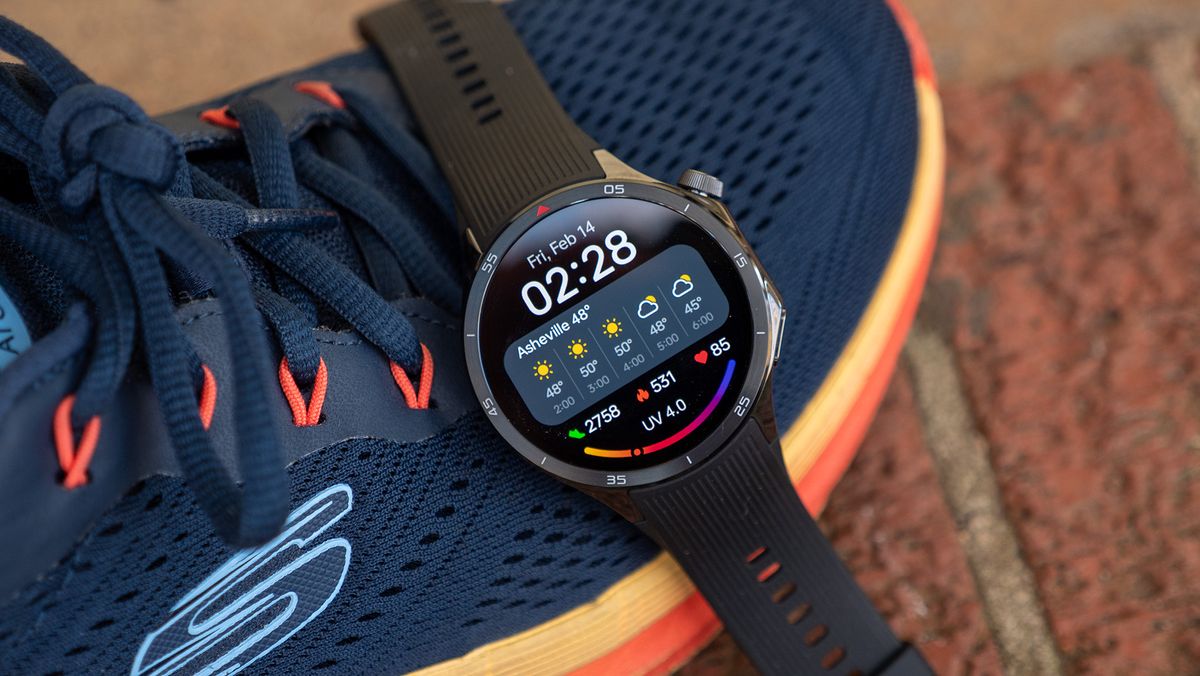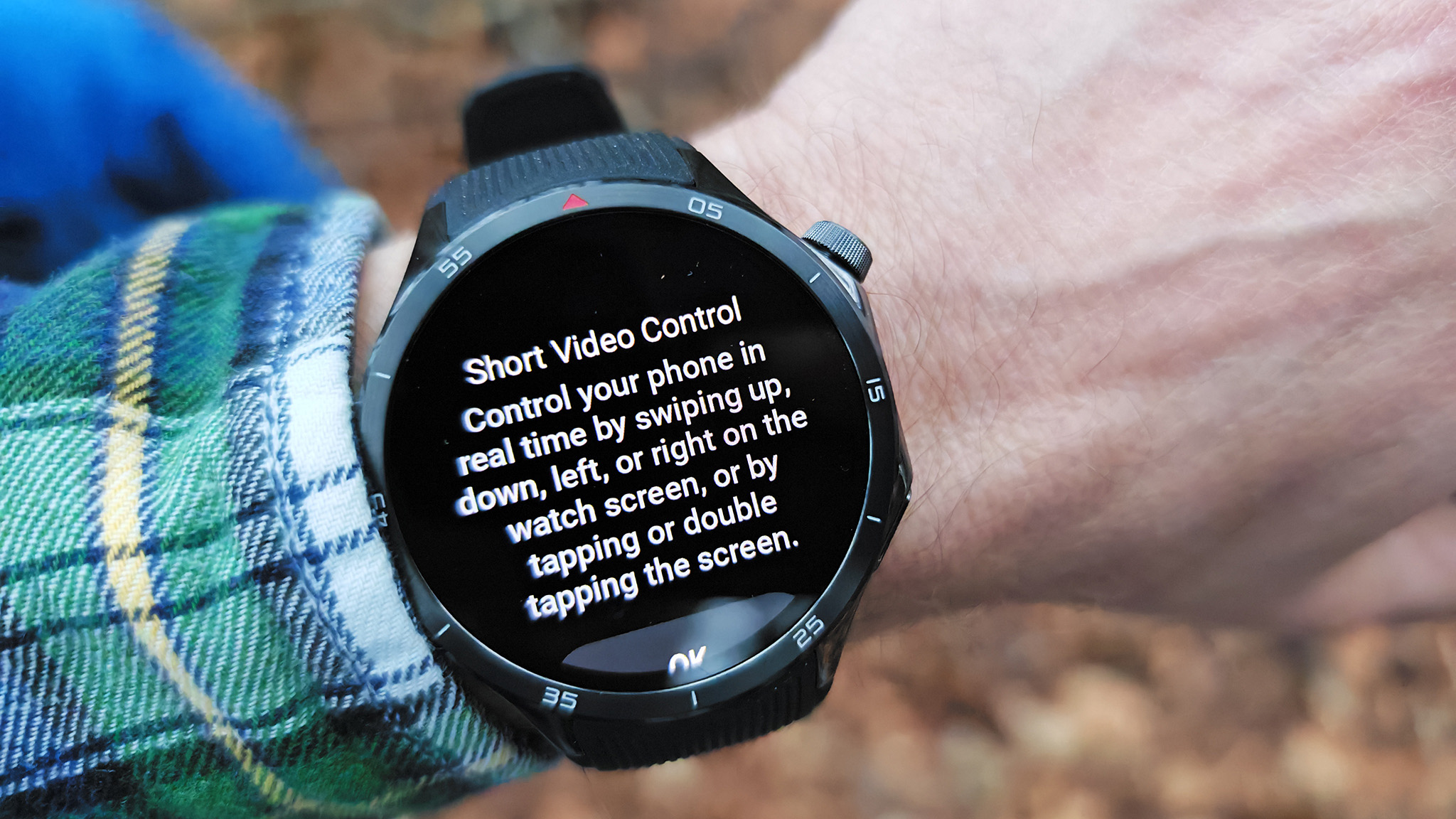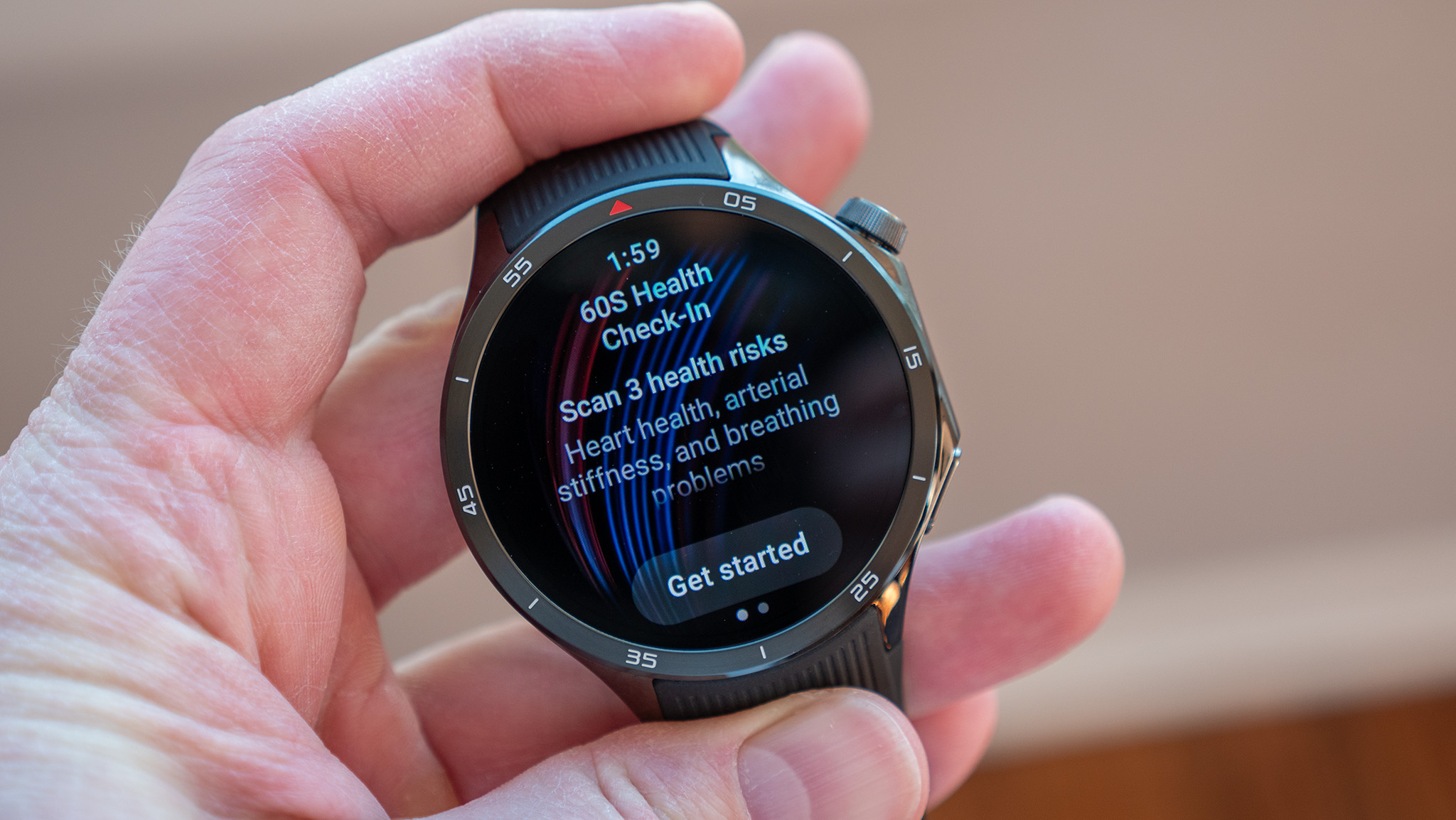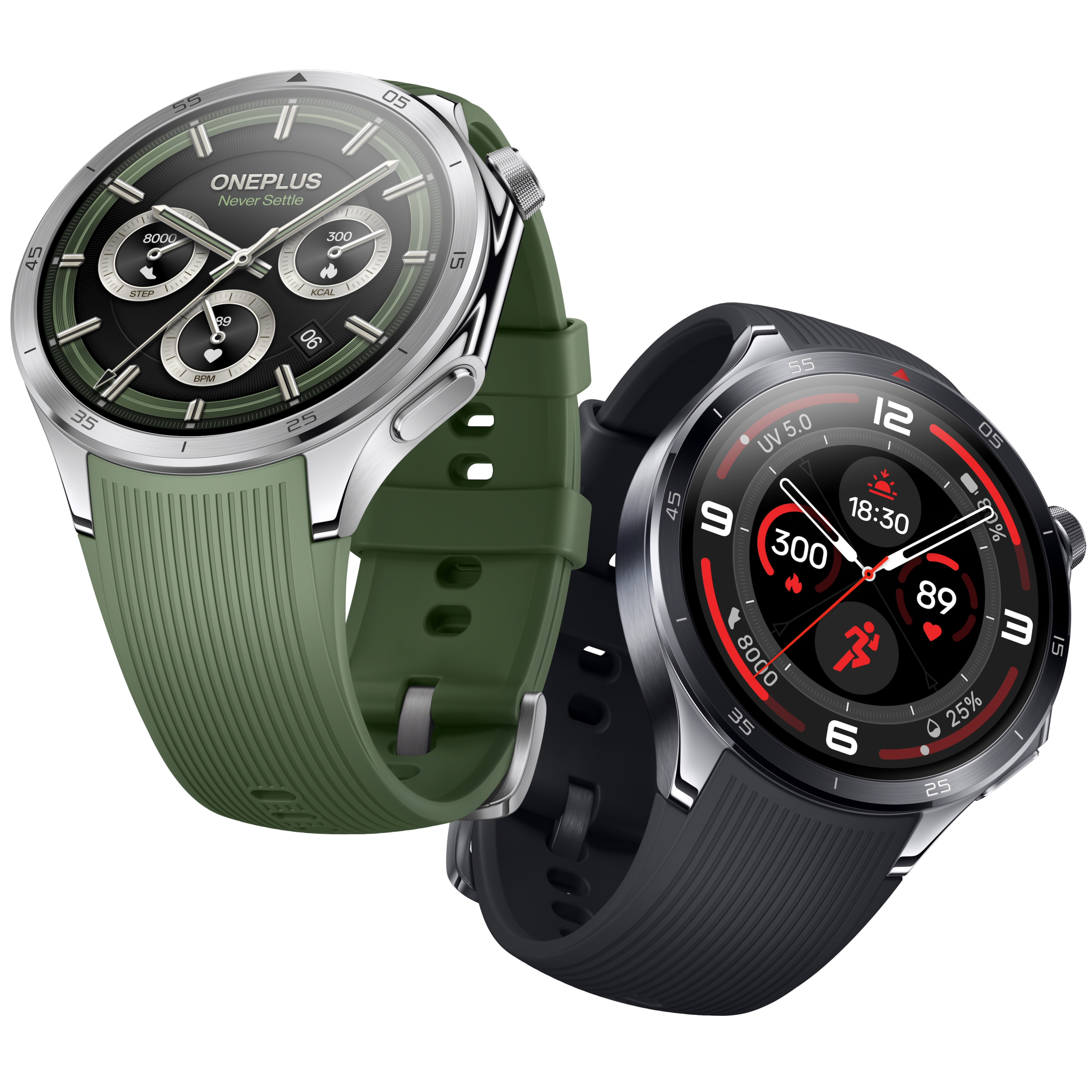
The updates history for Wear OS devices, excluding Samsung and Google, has often been tangled and unclear, leaving us uncertain about what to anticipate from OnePlus. Would the anticipated OnePlus Watch 3 come equipped with Wear OS 5, or would it be stuck with an outdated version like certain TicWatches? Furthermore, how promptly would the two promised updates be delivered to the OnePlus Watch 2?
Wear OS Weekly

In my weekly column, I delve into the current state of Wear OS, highlighting recent updates, features, and new applications that catch our interest.
With the arrival of the OnePlus Watch 3 and insights from the OnePlus PR team, our questions have been addressed. It appears to set a new standard for expectations regarding Wear OS watches that don’t bear the “Galaxy” or “Pixel” name.
Recently, my colleague Nick Sutrich had the opportunity to spend time with the OnePlus Watch 3 and is impressed with what he has seen thus far. It represents a significant hardware enhancement over the OnePlus Watch 2, featuring an active crown, reliable health tracking, a display that is gentle on the eyes, a smarter coprocessor, and increased battery capacity.
OnePlus has promised a battery life of five days, and preliminary observations indicate that Nick’s Watch 3 has exceeded this projection. Much of this success can be attributed to the new silicon-carbon battery, alongside its transition to Wear OS 5: Google introduced several power-saving background enhancements that are likely benefiting OnePlus Watch 3 users.
We are currently exploring the software of the OnePlus Watch 3 to uncover its new features and distinctions. However, when we approached OnePlus for details, their response provided notable clarity:
Gmail’s support for email synchronization, replying, and folder management; Google Wallet’s compatibility with boarding passes, concert tickets, and membership cards; and Google Maps offering smoother syncing and navigation. For further specifics on the upgrades between Wear OS 4 and 5, Google’s own website is an excellent resource.
Aside from the detailed app improvements, this information is noteworthy because it indicates that OnePlus largely relied on Google for their software upgrades, in stark contrast to the unique versions offered by Samsung or Mobvoi.
This does not mean the software on the OnePlus Watch 3 is merely a Pixel Watch 3 replica. OnePlus incorporates its own user interface nuances, including video watch faces and distinctive health features via the OHealth app, such as a 60-second health assessment tool.

One notable feature: you can set your OnePlus 13 upright and swipe through TikTok or YouTube Shorts videos using your watch display. While it’s unclear how many users would prefer browsing their feeds this way, it’s a fresh approach from OnePlus!
Overall, OnePlus is delivering a genuinely “stock” Wear OS experience, and some of the new Wear OS 5 capabilities simply fill gaps from Wear OS 4, like emergency SOS, camera controls, and the ease of switching your watch to a different phone.
I’m more than satisfied with OnePlus’s emphasis on hardware enhancements and health features with the Watch 3. The strategy seems effective; when compared to other Wear OS devices designed to fit within specific ecosystems, this one appears compatible with virtually any Android smartphone without sacrificing functionality due to its “stock” Wear OS approach.

However, there are some concerns: OnePlus has stated that the Watch 3 will receive just two operating system updates, mirroring the commitment made for the OnePlus Watch 2. Additionally, it will receive two years of bi-monthly security updates until early 2027. Previously, OnePlus committed to offering three years of security updates for the Watch 2, so it is perplexing why they have reduced support for the new Watch 3 by a year.
Regarding the OnePlus Watch 2, a representative indicated that “OS 5 updates for Watch 2 users are expected to roll out in Q3 of this year.” This timeframe aligns with the anticipated launches of the Galaxy Watch 8 and Pixel Watch 4, expected to launch with the upcoming Wear OS 6. This means OnePlus will be a year behind in updates.
So far, Wear OS brands like Xiaomi and Mobvoi have faced significant delays, launching Wear OS 4 around Q3 2024. Although OnePlus is advancing by introducing Wear OS 5 only half a year later than Samsung, it’s unclear why the OnePlus Watch 2—equipped with the same Snapdragon processor—requires an additional half-year wait for the update.
Sadly, it seems the gap in update timelines between the creators of Wear OS and third-party manufacturers may not close anytime soon. While Samsung and Google have encountered some challenges updating to Wear OS 5, their third-party partners have had even more significant hurdles.
Another concern regarding the OnePlus Watch 3 is the relatively early termination of security updates before the anticipated release of Wear OS 7 in late 2027. This raises questions about OnePlus’s commitment to providing further security support afterward; it would be disappointing if they allowed the Watch 3 to languish without even sporadic updates.
Ultimately, while Samsung and Google promise four and three years of support, respectively, OnePlus’s commitment to just two years stands out as a potential drawback in what has otherwise been a promising launch for the OnePlus Watch 3.

Outstanding where it matters
Aside from the update discussion, the OnePlus Watch 3 stands out as a robust choice straight out of the box, boasting a five-day battery life and impressive fast charging capabilities. Its bright, smooth 1.5-inch AMOLED display and chic titanium bezel only add to its appeal. If you can accommodate its larger size, there’s much to appreciate about this Android smartwatch.









